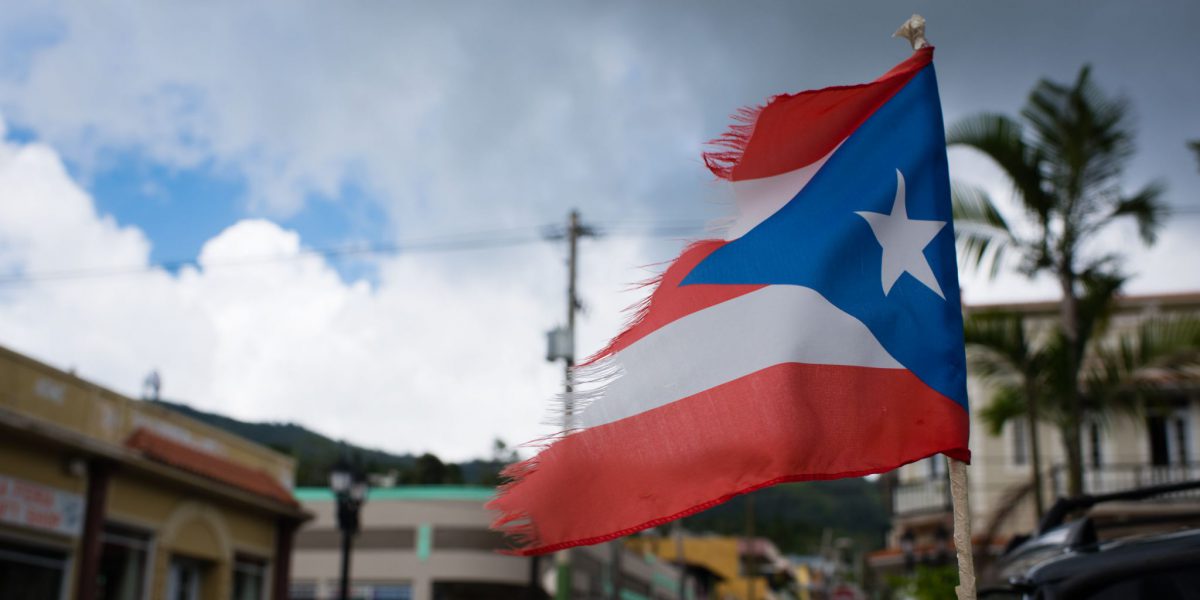On September 20, 2017, Hurricane Maria, a category 4 storm, hit Puerto Rico. It’s now known to be one of the deadliest storms in U.S. history, and according to Rolling Stone, Maria caused about $100 billion in damage, left 3 million people without power, and damaged or destroyed more than 300,000 homes. It was nearly a year before power was restored.
Recent estimates put the death toll at 2,975, and a survey by the Washington Post and the Kaiser Family Foundation found that 25 percent of Puerto Ricans report their daily lives are still disrupted now, a year after the storm.
There is still much to be done to support the island and protect future destruction. Ahead, just a few ways you can help those affected:
Visit the Island
It can feel respectful to stay away after a natural disaster, but giving your tourism dollars is a great way to assist the island in its recovery. According to New York magazine, tourism dollars can help more than 50,000 people keep jobs and keep businesses running, so when planning your next vacation, ask your friends if you can hit up the shores of PR.
While you’re there, check out one of Puerto Rico’s many farmer’s markets in order to support farmers who might have lost buyers; Camille Collazo of Visit Rico told New York that Mercado Agrícola Natural in Old San Juan is a great spot, if you’re in the capital.
If you do decide to go to Puerto Rico, the magazine also suggests taking time to head outside the capital and support other towns and communities, who really depend on their local economies, like Arecibo, Ponce, Mayagüez, and Isabela.
Volunteer on the Island
If you do decide to make the trip, consider volunteering during your visit. You can even explore the island while volunteering with the environmental conservation group, Para La Naturaleza. The group hosts volunteer events, which include tree nursery maintenance and sea turtle protection, for anyone who wants to lend a hand. According to Travel and Leisure, taking a PLN tour can also give back to the organization’s efforts; tours might involve snorkeling to a coral reef or kayaking to a bioluminescent lagoon.
READ MORE AT Elle.com

